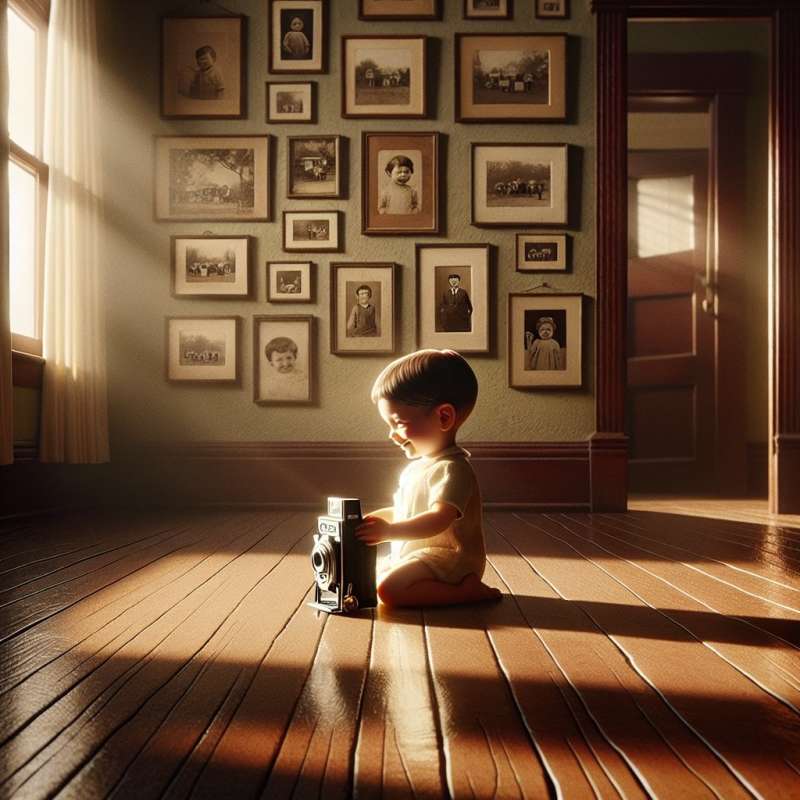
Early Portrait Photography
Portrait photography's inception dates back to 1839 with the daguerreotype. Louis Daguerre's process provided a mirror-like sharpness, revolutionizing the way people could immortalize their visages, albeit with long exposure times.
Post-Mortem Portraiture Origins
In the Victorian era, post-mortem photos became a common way to remember loved ones. With high mortality rates, these photos often served as the only visual remembrance of the deceased, especially infants and children.
Pictorialism Movement
Late 19th-century pictorialists like Julia Margaret Cameron strived to elevate photography to fine art. They used soft focus and manipulated images to create mood, prioritizing emotional impact over factual representation.
Mug Shot Innovation
In the 1880s, Alphonse Bertillon standardized the mug shot. His 'Bertillonage' system included full-face and profile shots, which became a global standard for criminal identification, influencing portrait photography techniques.
Kodak's Democratization
The Kodak Brownie, introduced in 1900, made photography accessible to the masses. Its ease of use and affordability allowed ordinary people to document their lives and loved ones, expanding the scope of portrait photography.
Glamour and Hollywood
1930s Hollywood glamour portraits sculpted with dramatic lighting defined star personas. Photographers like George Hurrell crafted iconic images using chiaroscuro techniques, which profoundly shaped public perception of celebrities.
Digital Age Transformation
The advent of digital photography and smartphones has transformed portraiture into an instant, ubiquitous, and often self-curated art form. Social media platforms have become new galleries for personal and professional portraits.
When was the daguerreotype process introduced?
1839, sharp mirror-like portraits
1900, mass portrait production
1880s, criminal identification development
Company